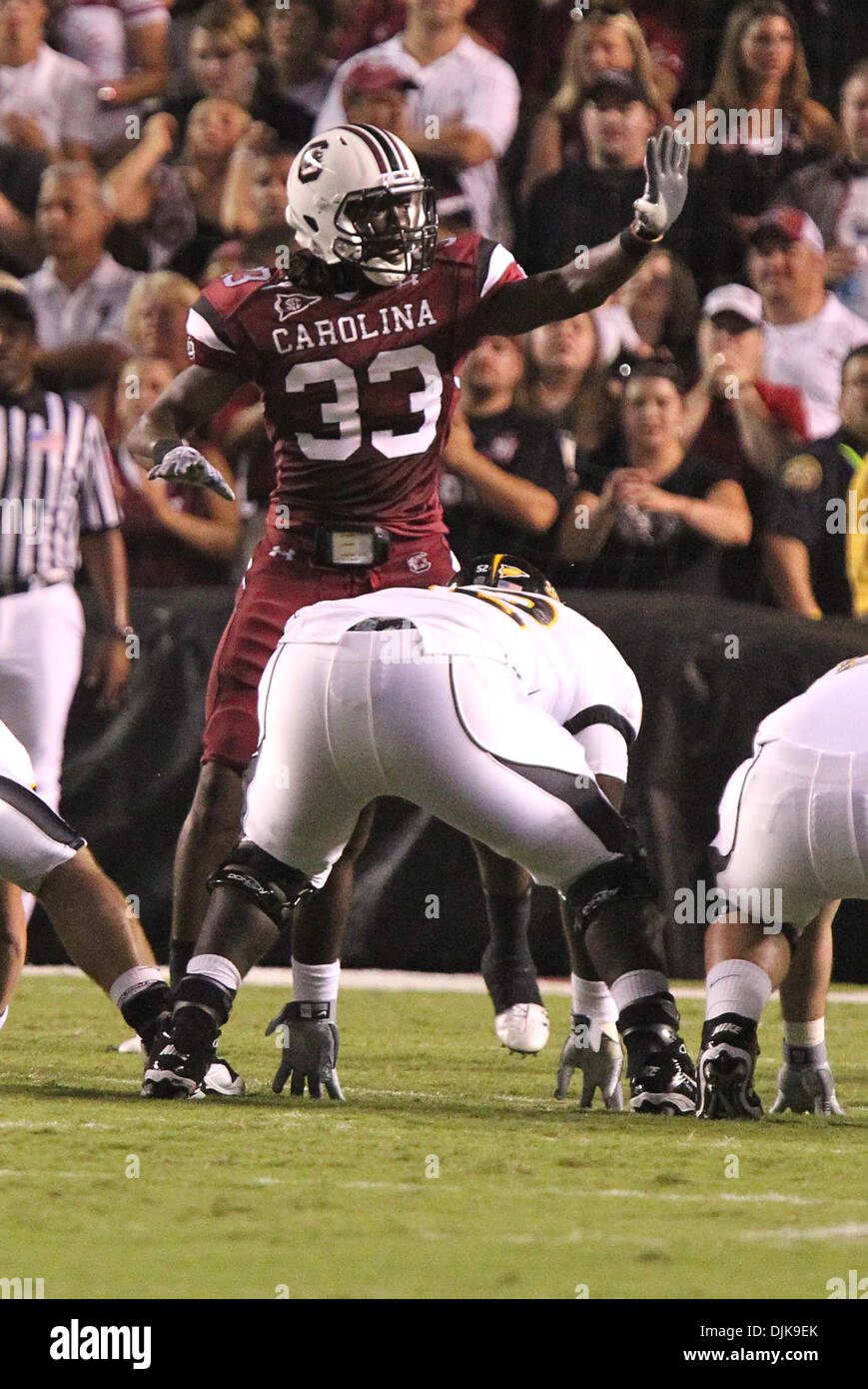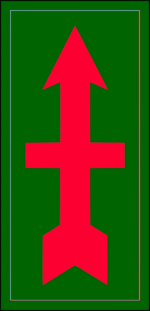USS Portland, CA-33.
_at_Pearl_Harbor_1942.jpg/1280px-USS_Portland_(CA-33)_at_Pearl_Harbor_1942.jpg)
_at_Pearl_Harbor_1942.jpg/1280px-USS_Portland_(CA-33)_at_Pearl_Harbor_1942.jpg)
https://en.wikipedia.org/wiki/USS_Portland_(CA-33)USS Portland (CL/CA–33) was the lead ship of the Portland class of cruiser and the first ship of the United States Navy named after the city of Portland, Maine. Launched in 1932, she completed a number of training and goodwill cruises in the interwar period before seeing extensive service during World War II, beginning with the Battle of the Coral Sea in 1942, where she escorted the aircraft carrier Yorktown and picked up survivors from the sunken carrier Lexington. She screened for Yorktown again in the Battle of Midway, picking up her survivors as well. She then supported the carrier Enterprise during the initial phase of the Guadalcanal Campaign later that year, and was torpedoed during the Naval Battle of Guadalcanal. The torpedo inflicted heavy damage which put her out of action for six months as she was repaired in Sydney, Australia, and later San Diego, California.
Returning to combat in mid-1943, Portland saw action in many of the major engagements of the Pacific War, conducting shore bombardments in support of campaigns at the Aleutian Islands, Gilbert and Marshall Islands, Mariana Islands, and New Guinea. She was involved in the October 1944 Battle of Leyte Gulf, engaging Japanese ships in the decisive Battle of Surigao Strait. She then conducted shore bombardments at Lingayen Gulf and Corregidor Island, and in 1945 supported landings during the Battle of Okinawa until the end of the war.
Following World War II, Portland accepted the Japanese surrender in the Caroline Islands and then undertook several Operation Magic Carpet cruises to bring U.S. troops home. She was decommissioned in 1946 and scrapped by 1962. In her extensive service she accrued 16 battle stars, making her one of the most decorated ships in the U.S. fleet.



_crew_spells_out_'Mercury_9'_on_the_flight_deck_on_15_May_1963_(GPN-2000-001403).jpg/1280px-USS_Kearsarge_(CVS-33)_crew_spells_out_'Mercury_9'_on_the_flight_deck_on_15_May_1963_(GPN-2000-001403).jpg)
_underway_in_the_Pacific_Ocean_on_16_December_1988_(6483087).jpg/1280px-USS_Fox_(CG-33)_underway_in_the_Pacific_Ocean_on_16_December_1988_(6483087).jpg)
.jpg)
_underway,_circa_on_5_September_1940_(80-G-466188).jpg/1280px-USS_George_E._Badger_(AVP-16)_underway,_circa_on_5_September_1940_(80-G-466188).jpg)









_underway_in_Puget_Sound_on_30_July_1943_(NH_94847).jpg/1280px-USS_New_Orleans_(CA-32)_underway_in_Puget_Sound_on_30_July_1943_(NH_94847).jpg)
_reaching_Tulagi_on_1_December_1942.jpg)